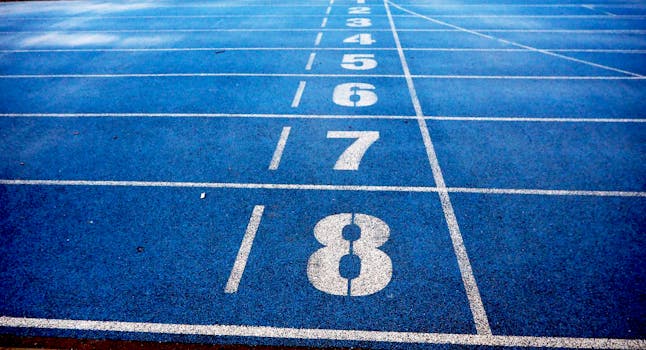
Introduction
Taking a break from running is common, whether due to injury, busy schedules, or simply losing motivation. Restarting can feel daunting, but with the right approach, you can return to your running routine safely and enjoyably.
Step 1: Assess Your Current Fitness Level
Be honest about how long you’ve been away and how active you were during your break.
If it’s been several weeks or months, expect to lose some fitness and progress gradually.
Step 2: Set Realistic Goals
Start with short-term, achievable goals like running a certain distance or number of days per week.
Focus on consistency over intensity at first.
Step 3: Build a Gradual Training Plan
Begin with walking and jogging intervals if needed.
Aim for 2-3 short runs per week and increase distance or time slowly.
Follow the 10% rule: don’t increase your weekly mileage by more than 10%.
Step 4: Prioritize Injury Prevention
Warm up before every run and cool down afterward.
Incorporate stretching and strength training into your routine.
Listen to your body—take extra rest as needed.
Step 5: Stay Motivated
Track your progress with a running app or journal.
Run with friends or join a running group.
Celebrate milestones, no matter how small.
Conclusion
Restarting running after a break takes patience and self-compassion. By following a steady, mindful approach and listening to your body, you’ll regain your fitness and the joy of running in no time.
Comments
Post a Comment